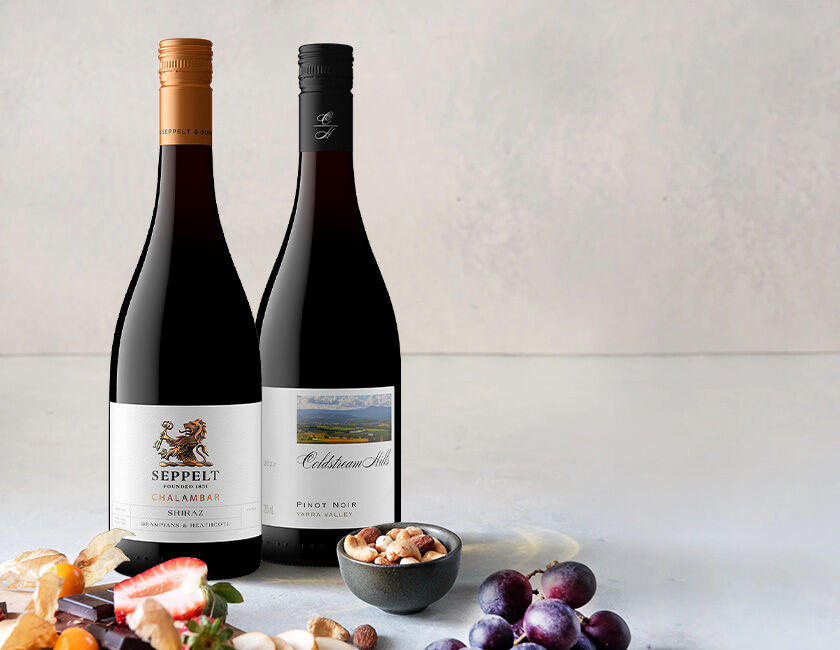
SIZE MATTERS... FOR WINE
Why it matters
Some of us may have had the privilege of pouring a glass of wine for a friend from a magnum sized bottle. There’s something about the sheer size of the thing that immediately impresses – well before any aroma or flavour notes from the wine enter sensory perception.
But beyond the ooohs and aaahs that arise from the service, is there any difference in the actual wine? Is there any reason you might choose a magnum over a regular 750ml sized bottle? And what does that say about half bottles?
Well, if those are the questions tickling your brain at the moment then you’ve landed in the right spot. Let’s get into the large and small of it.
Magnums
Taking its name from the latin word for ‘big’, magnums are the equivalent of two regular sized wine bottles – 1,500ml. Their grandiose design does certainly steal the show, but there’s still a lot happening inside the bottle that is worth us uncorking.
The main benefit of magnums is that bottle maturation is slowed due to a reduced amount of air contact. Wine bottles are never completely filled with wine, they always allow a little space in the neck. No matter the size, however, the amount of air remains the same. Therefore, the ratio of wine to air/oxygen contact is lower the larger you go. This stability helps the wine develop and evolve slowly, allowing a whole realm of tertiary aromas and flavours to develop gradually. Collectors and lovers of aged wines regularly seek out magnums because of their recognised longevity.
750ml bottles
Normally, wine is distributed in 750ml glass bottles. Why? Ultimately, because it’s a good size – let us explain why.
In the 19th century, industrialisation allowed glass manufacturers to create large volumes of the exact same sized bottles. Bordeaux and other French regions began standardising their wines in 750ml sized bottles. The biggest importer of French wine at the time was the British, but they didn’t use the same unit of measurement. Wine would often be shipped across the channel in French barrel. One imperial gallon is approximately 4.5 litres, so a standard 225L French wine barrel is the equivalent of 50 gallons. From 225L we get 300 standard bottles of wine. Which means from one gallon we get six bottles of wine – ever wondered why wine arrives in six and 12 bottle cases?
Half-bottles
So, if the larger the bottle size, the slower the maturation – then would the inverse be true? To an extent, yes!
It is true that half bottles will mature in your cellar more rapidly than those in a larger format – remember it’s about the ratio of air to wine – but this is not why they are bottled as such. They are not designed to avail the impatient wine enthusiast, but rather those who are looking for a smaller amount of wine.
Magnums
Another benefit of magnums is that this size is often only reserved for special wines – so you can bet your money that if the winemaker thought it was worth going into a magnum it is certainly worth pouring into your glass.
750ml bottles
The approximately 750ml bottle was first adopted by the French, with the size coming from the lung capacity of the glass blowers who manufactured them. More than this though, 750ml also proved to be a good size for maturing, for distribution, for sharing etc.
As you can see, the 750ml bottle is the result of commerce, practicality and tradition.
Half-bottles
A 375ml bottle allows for two and a half standard glasses of wine – for some, just about the perfect amount. Something else to remember is that while magnums are often only used for the winemaker’s most special wines, this does not imply that half bottles do not receive the same treatment.
Some of our finest wines, including Penfolds St Henri and Penfolds Bin 389, are available in half bottle sizes.


